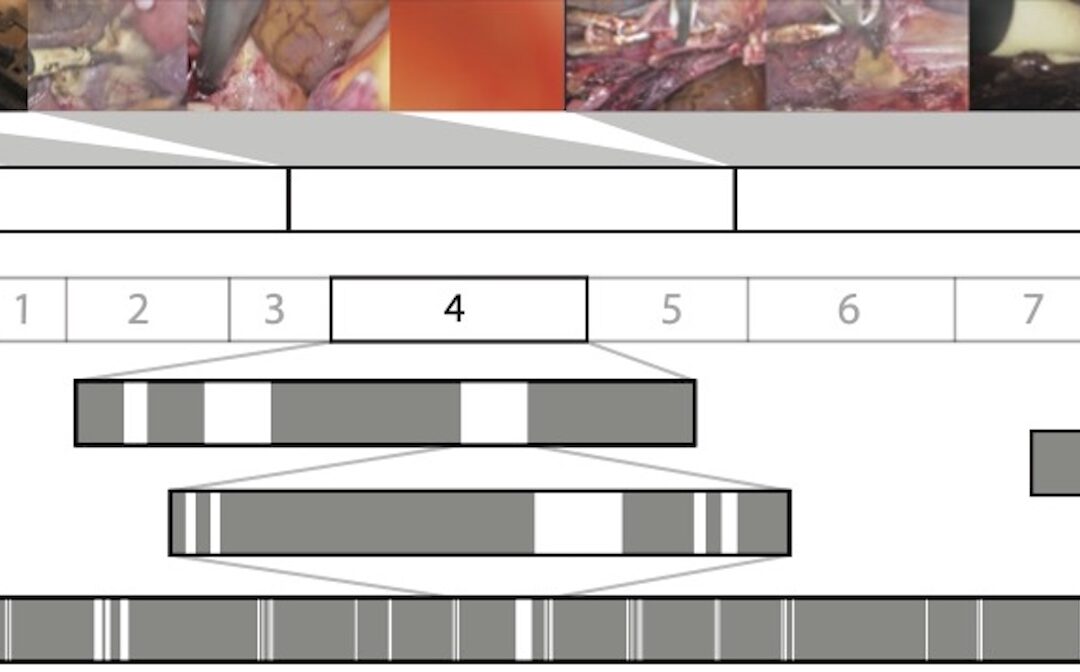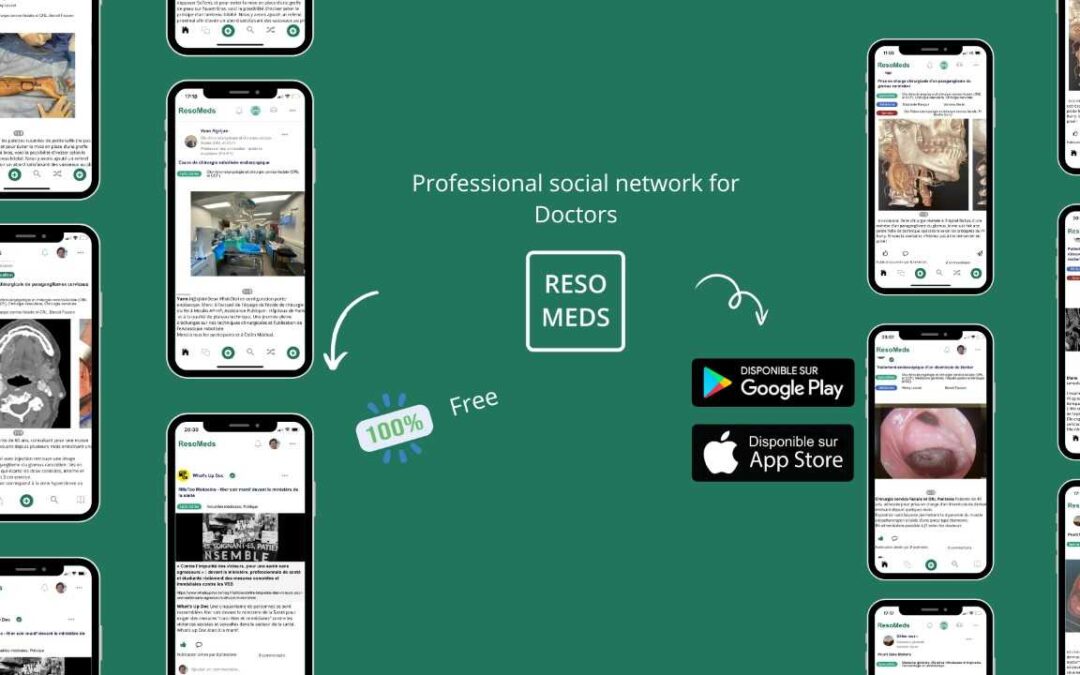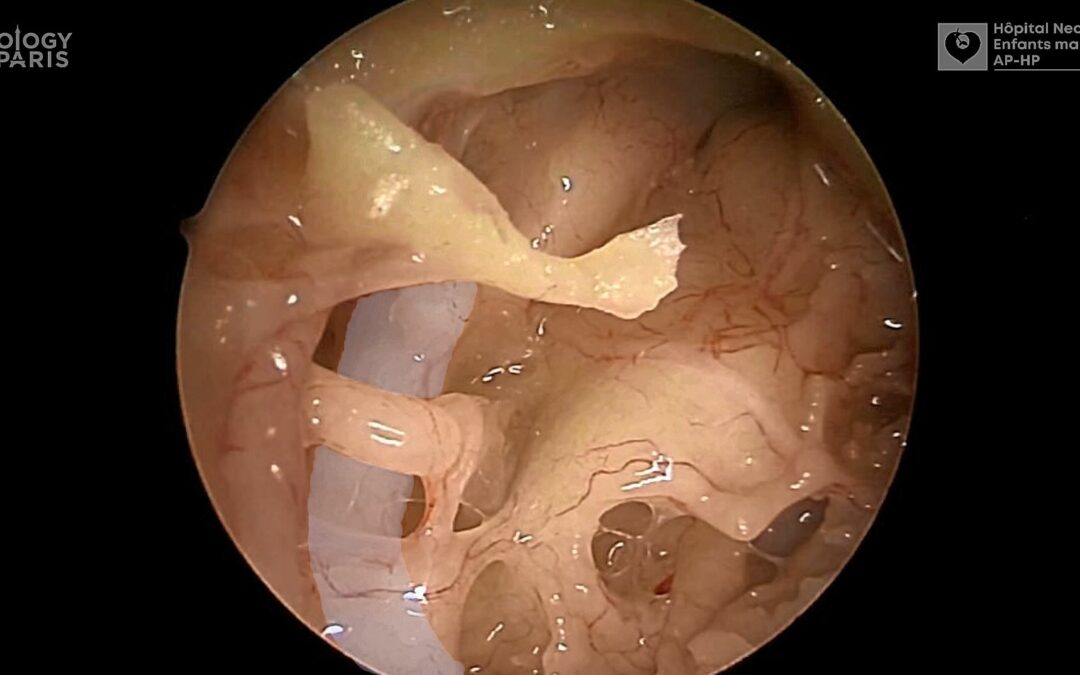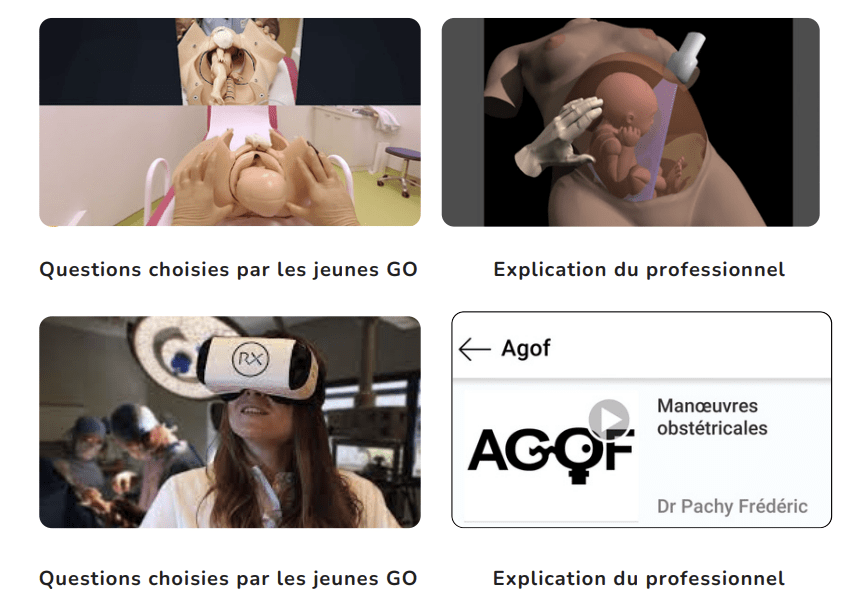Goal: Help surgeons create educational surgical videos
Young surgeons are part of a generation that are digital natives and who consume a lot of video content, especially on smartphones. Surgical videos are ubiquitous on the internet, especially on YouTube, which, according to several studies, is becoming a frequent referral for residents and surgeons, despite a lack of scientific or educational control over the content.
An educational surgical video is difficult and time-consuming to produce, and there are very few resources available for surgeons to progress in surgical video editing, either in French or English.

How to teach surgery in the 21st century
The use of educational surgical videos speeds up the learning process, in parallel with hands-on practice and mentoring in the operating theatre.
Didactic platform to help surgeons
Medical training is becoming increasingly digital. Many residents are turning to freely available online material to complete their surgical training. Several studies have reported that, in an academic context, videos can improve anatomical knowledge or surgical skills. In microscopic or endoscopic surgery, surgical videos are particularly interesting because they show the surgeon’s subjective point of view (unlike in open surgery).
Combined with the fact that surgical residents around the world tend to spend less time in the operating theatre, due to working hour restrictions and concerns about patient safety (among other reasons), the need for educational surgical videos is increasing to compensate for the lack of access to surgical cases.
It is difficult and time-consuming to create an educational surgical video – and once it has been produced, it is complicated to highlight it academically and broadcast it to surgeons. What’s more, it’s not possible to delegate the creation of these videos to a technician or to a surgeon in training. Only expert surgeons know which aspect of surgical strategy, which detail in the gesture or which anatomical landmark is important for teaching, so they are the only ones who can create a high-quality video from both a scientific and educational point of view. It therefore seems crucial that surgeons have the skills to create educational surgical videos themselves.
On this website, we want to provide surgeons with a unique place where they can find basic information on video editing and reference to numerous tutorials. Our aim is to provide surgeons with step-by-step guidance to help them save editing time, improve teaching skills and respect patient confidentiality.
Blog
Blog articles are also published regularly on the latest in educational surgical videos, prepared by the UPCité editorial team. Please get in touch if you would like to contribute by contacting us here.
Read more

Surgical Video Summarization: Multifarious Uses, Summarization Process and Ad-Hoc Coordination
While surgical videos are valuable support material for activities around surgery, their summarization demands great amounts of time from surgeons, limiting the production of videos. Through fieldwork, we show current practices around surgical videos. First, we...

ResoMeds: a social network sharing videos
Case reports enrich medical knowledge and training, and improve practice [1-4]. However, their publication is often limited in existing journals [5]. We aim to highlight the importance of creating a platform for physician exchange to promote peer learning, case...

Videos improve knowledge retention of surgical anatomy
In otolaryngology, a new publication shows that an educational video improves anatomy learning and knowledge retention in the long term. This study conducted by the ENT team at Necker-Enfants Malades, APHP (Université Paris Cité) and led by Pr François Simon shows the...

Surgical videos: using the most efficient medium. AGOF’s associative experience
In 2010, the French National Authority for Health (HAS) issued the famous slogan for apprentice surgeons: "Never perform surgery on a patient for the first time" (1). It is sometimes difficult for a young surgeon to accept that he or she has not received sufficient...
